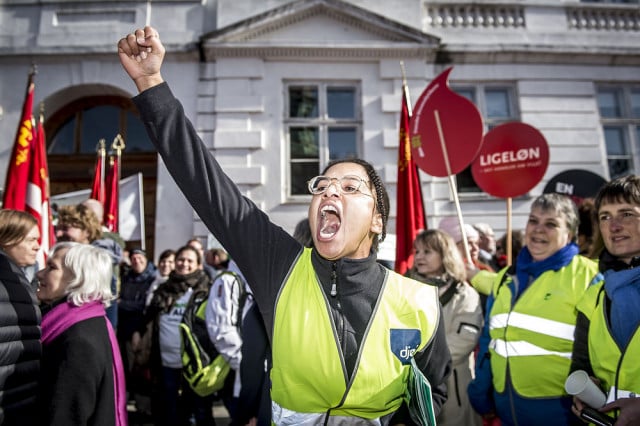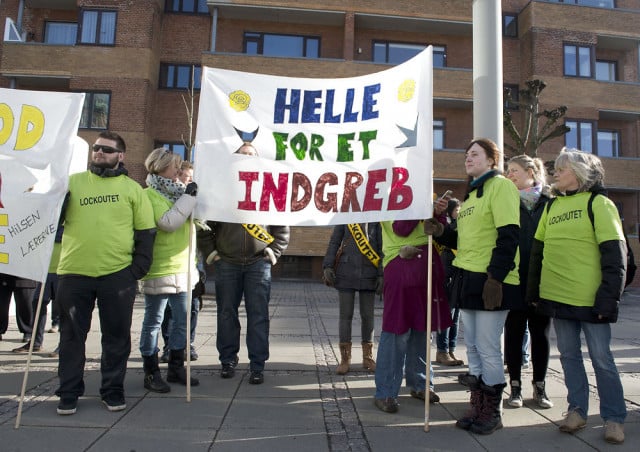But according to Villard, the owners the Swedish Trade Union Confederation (Landsorganisationen – LO) and the Confederation of Swedish Enterprise (Svenskt Näringsliv) knew of his tax affairs.
“The owners knew exactly what I was doing when I joined. And yet they are choosing to name and shame me,” he said to new agency TT.
In e-mail to news agency TT, Villard said that he no longer had any confidence in the owners and that they obviously had no confidence in him, if the reactions they have voiced in the Swedish press are anything to go by.
“And I don’t want to work for that kind of owners, “ he told TT.
Villard’s defection follows strong reactions in the Swedish press by LO after it was discovered that Villard had been involved in tax planning.
Villard had moved profits of 23 million kronor ($) to a company in Peru where tax is 4 percent. This may not in itself be illegal, despite the Swedish Tax Agency (Skatteverket) having accused him of tax evasion.
But according to LO, Villard’s activities are in breach of AMF’s ethical code.
“It is my opinion that Bertil Villard has acted in breach of what we see as our ethical guidelines. And of course this affects our confidence in him, “ said Per Bardh of LO on Thursday.
But according to Villard, both owner groups were aware of his tax affairs when he took up the chairmanship in 2009.
“Before I was offered the post I made absolutely sure that the owners knew and understood this tax issue that is now getting media attention, “ he wrote to TT.
Bu according to Bardh, who became the owner representative for LO in the AMF board at the same conference as Villard became chairman, says he was not informed.
“This tax planning is news to me, “ he said to TT.
The other owner representative, Urban Bäckström of Svenskt Näringsliv, wrote to TT that he was informed of a tax issue when Villard took up the chairmanship but that he was under the impression that the Tax Agency had approved it.
“And I was satisfied with that information at the time, “ he told TT.







 Please whitelist us to continue reading.
Please whitelist us to continue reading.
Member comments